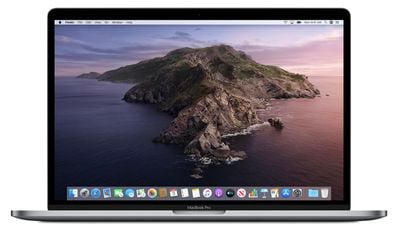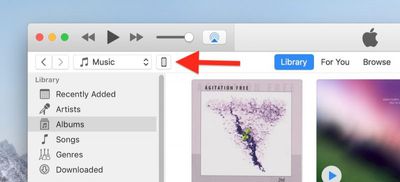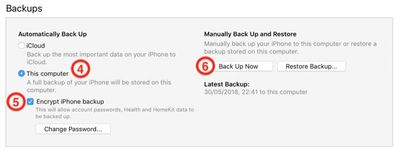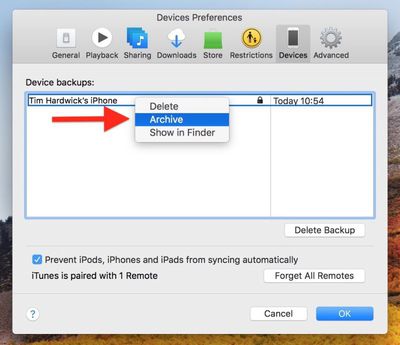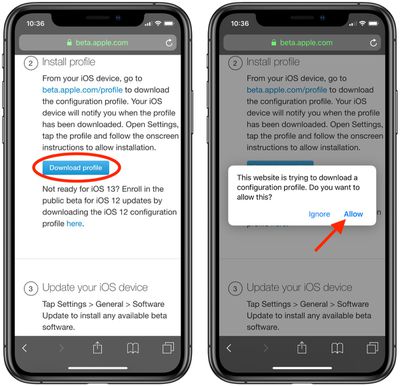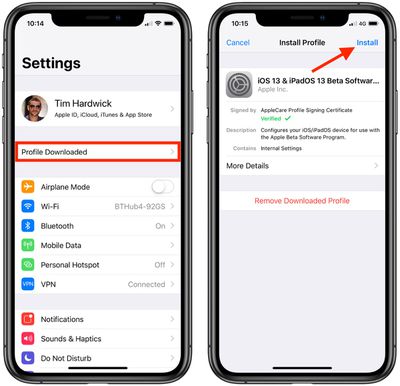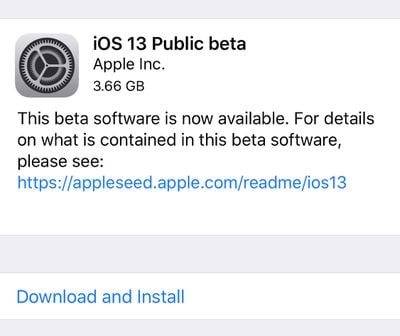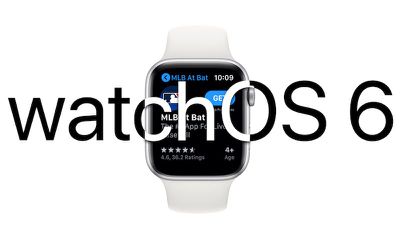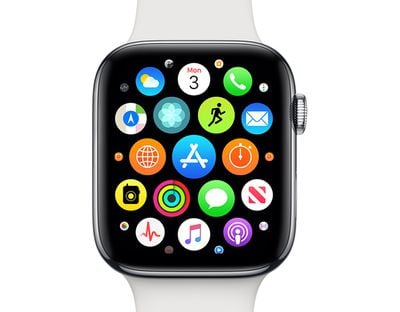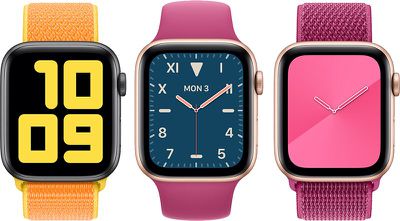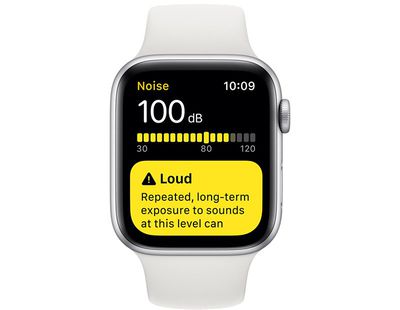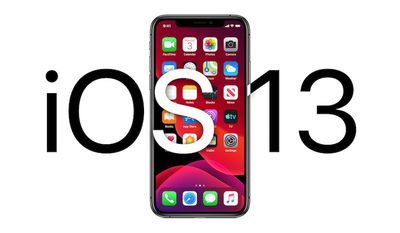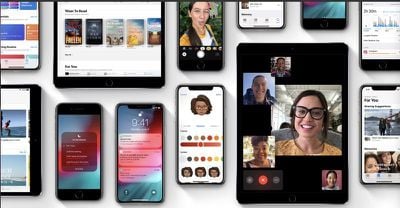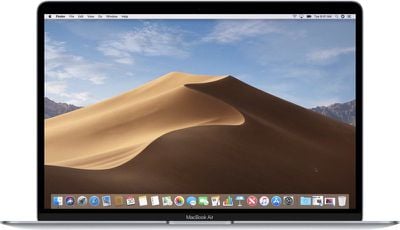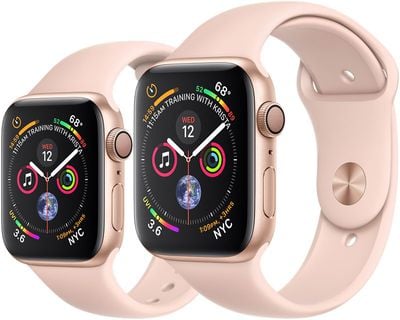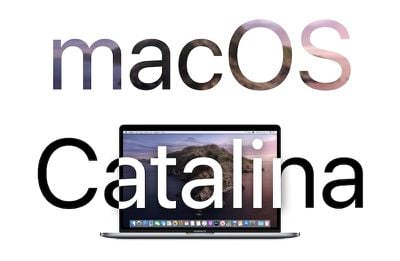Apple today updated its line of iWork apps for iOS and macOS, bringing new features to Pages, Keynote, and Numbers on both iOS devices and Macs.
All of the apps have a new feature designed to let you style text by filling it with gradients or images, or by applying new outline styles. Images, shapes, and equations can be placed inline in text boxes so they move with text, and using face detection features, subjects in photos are intelligently positioned in placeholders and objects.

In Pages, Apple added new templates for novels, and the option to reapply text to a master page so text and placeholders return to their default style and position. Release notes for Pages are below:
iOS Version:
- Style your text by filling it with gradients or images, or by applying new outline styles.
- Customize lists by choosing from new bullet types, changing the size and color of bullets, creating custom bullets, adjusting indentation levels, and more.
- Choose Learn Spelling to add a word to the spelling dictionary.
- Create links from text to other pages in a page layout document.
- Copy and paste pages or sections between documents.
- Use new chart editing capabilities to change the style of individual series, adjust spacing between columns, add trendlines, and more.
- Adjust the appearance of cell borders in tables.
- Place images, shapes, and equations inline in text boxes so they move with text.
- Choose whether Apple Pencil is used to start drawing or to select and scroll -- or toggle between these options via double-tap using a supported Apple Pencil.
- Using face detection, subjects in photos are intelligently positioned in placeholders and objects.
- Reapply a master page so text and media placeholders return to their default style and position.
- Create books using new templates for novels (available in English only).
macOS Version:
- Style your text by filling it with gradients or images, or by applying new outline styles.
- Create links from text to other pages in a page layout document.
- Copy and paste pages or sections between documents.
- Place images, shapes, and equations inline in text boxes so they move with text.
- Using face detection, subjects in photos are intelligently positioned in placeholders and objects.
- Reapply a master page so text and media placeholders return to their default style and position.
- Create books using new templates for novels (available in English only).
Keynote for iOS and macOS has a new feature for editing master slides while collaborating on a presentation, while Keynote for iOS specifically has options like customizing lists with new bullet types, selecting what the Apple Pencil can do, and more. Release notes for Keynote are below:
iOS Version:
- Edit master slides while collaborating on a presentation.
- Place images, shapes, and equations inline in text boxes so they move with text.
- Style your text by filling it with gradients or images, or by applying new outline styles.
- Use new chart editing capabilities to change the style of individual series, adjust spacing between columns, add trendlines, and more.
- Using face detection, subjects in photos are intelligently positioned in placeholders and objects.
- Adjust the appearance of cell borders in tables.
- Choose whether Apple Pencil is used to start drawing or to select and scroll -- or toggle between these options via double-tap using a supported Apple Pencil.
- Customize lists by choosing from new bullet types, changing the size and color of bullets, creating custom bullets, adjusting indentation levels, and more.
- Choose Learn Spelling to add a word to the spelling dictionary.
macOS Version:
- Edit master slides while collaborating on a presentation.
- Style your text by filling it with gradients or images, or by applying new outline styles.
- Place images, shapes, and equations inline in text boxes so they move with text.
- Using face detection, subjects in photos are intelligently positioned in placeholders and objects.
Numbers for Mac and iOS offers improved performance while editing and sorting tables and the option to add rows to filtered tables. For iOS, there are Apple Pencil options and customizable lists. Release notes for Numbers are below:
iOS Version:
- Greatly improved accuracy using the enhanced 128-bit calculation engine.
- Style your text by filling it with gradients or images, or by applying new outline styles.
- Create links from text to other sheets in a spreadsheet.
- Add rows to filtered tables.
- Use new chart editing capabilities to change the style of individual series, adjust spacing between columns, add trendlines, and more.
- Adjust the appearance of cell borders in tables.
- Place images, shapes, and equations inline in text boxes so they move with text.
- Using face detection, subjects in photos are intelligently positioned in placeholders and objects.
- Choose whether Apple Pencil is used to start drawing or to select and scroll -- or toggle between these options via double-tap using a supported Apple Pencil.
- Customize lists by choosing from new bullet types, changing the size and color of bullets, creating custom bullets, adjusting indentation levels, and more.
- Choose Learn Spelling to add a word to the spelling dictionary.
macOS Version:
- Greatly improved accuracy using the enhanced 128-bit calculation engine.
- Style your text by filling it with gradients or images, or by applying new outline styles.
- Create links from text to other sheets in a spreadsheet.
- Place images, shapes, and equations inline in text boxes so they move with text.
- Using face detection, subjects in photos are intelligently positioned in placeholders and objects.
- Improved performance while editing and sorting tables.
- Add rows to filtered tables.
All of the new updates are available from the iOS App Store and macOS App Store as of this morning.
- Pages for iOS [Direct Link]
- Keynote for iOS [Direct Link]
- Numbers for iOS [Direct Link]
- Pages for macOS [Direct Link]
- Keynote for macOS [Direct Link]
- Numbers for macOS [Direct Link]
Apple's iWork apps are free downloads for everyone.


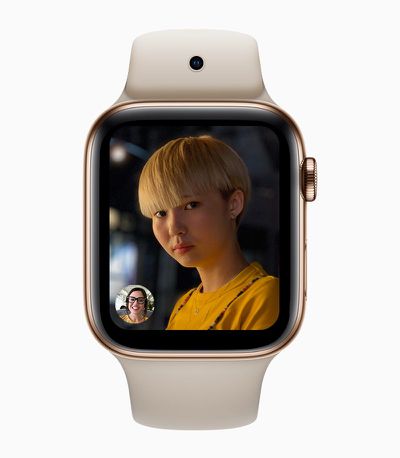
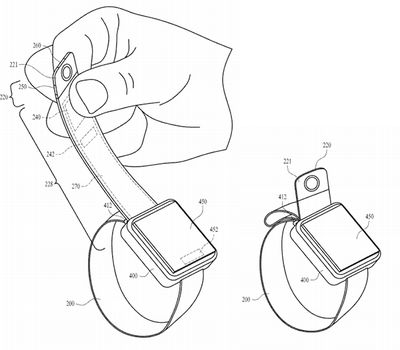

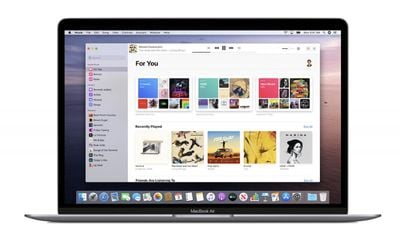
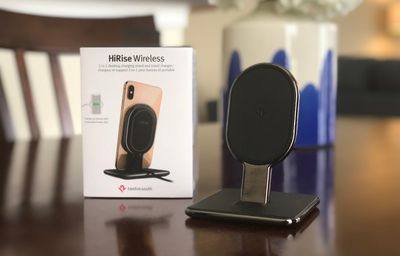
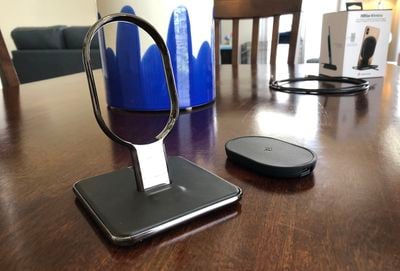
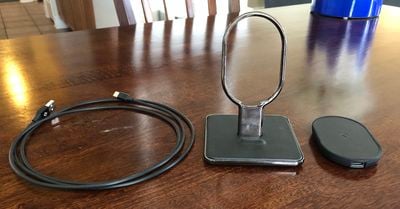
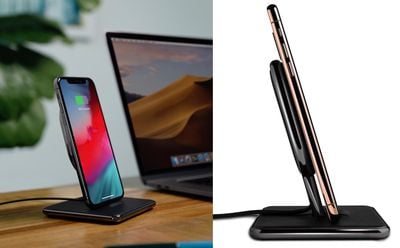
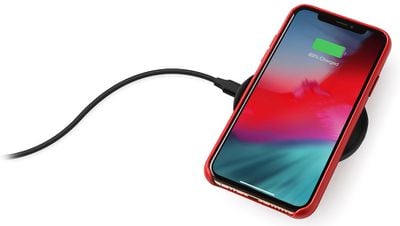

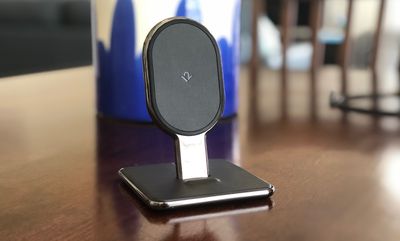
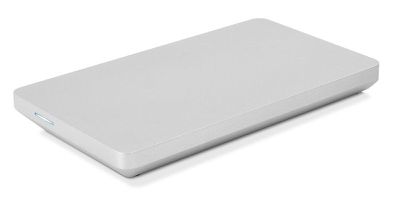
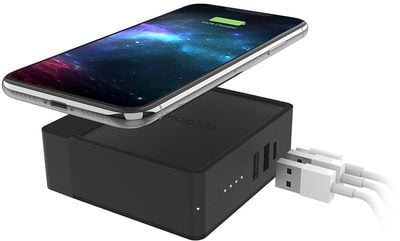
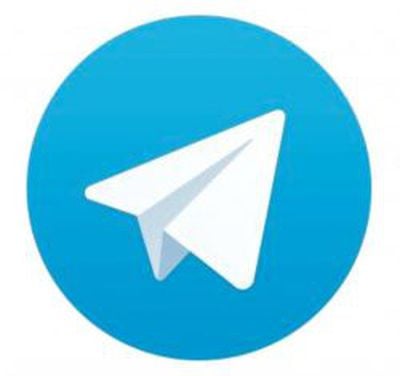 Encrypted messaging platform
Encrypted messaging platform 
